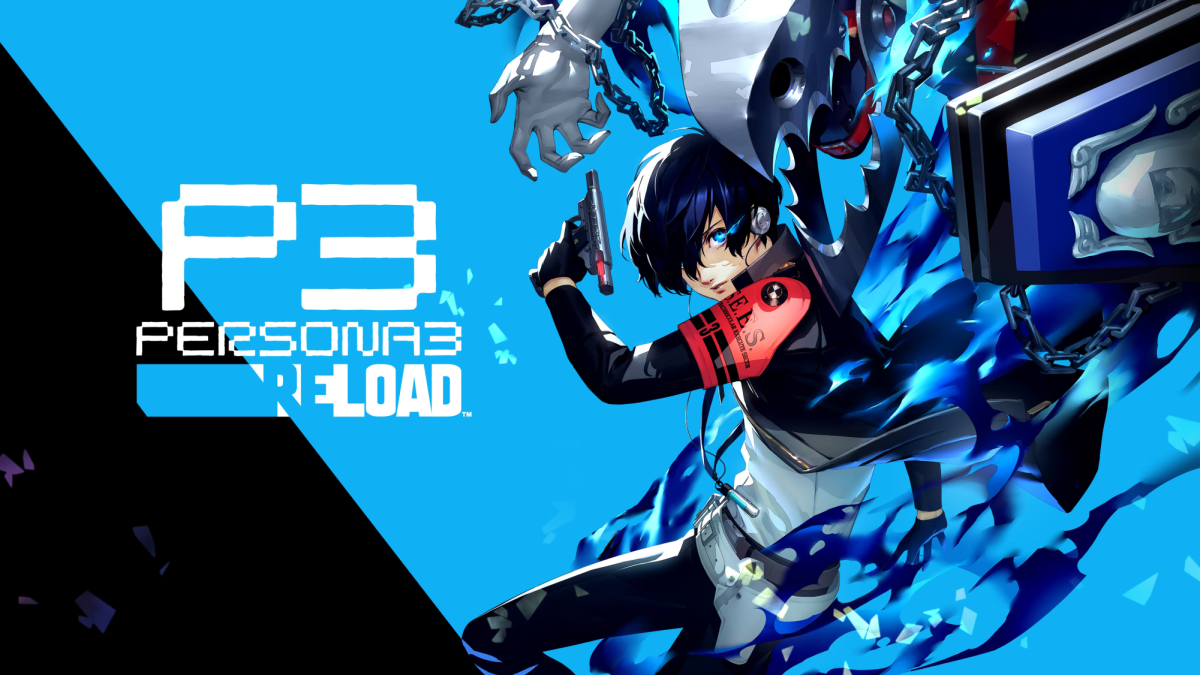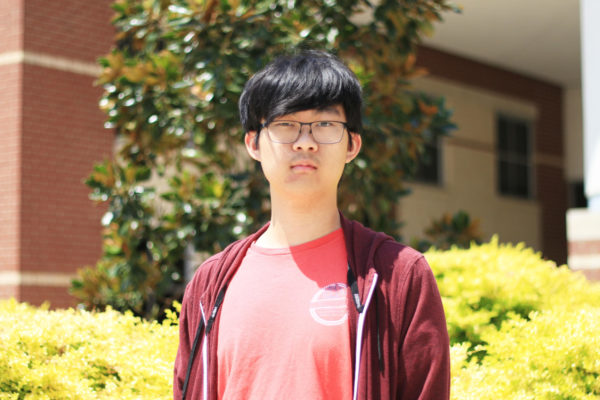The originator of the modern Persona series formula, “Persona 3” was a bold title in 2006, fusing together aspects of life simulators and dungeon crawling to create an unforgettable experience. Fast forward 18 years to Feb. 2, a brand new remake of the original, “Persona 3 Reload,” has arrived. It gives the RPG classic a stunning makeover and has gameplay improvements carried over from later titles such as “Persona 5 Royal.”
One of the most striking aspects of “Persona 3 Reload,” is the visual flair. Built in the graphically impressive Unreal Engine, the remake builds upon the fluidity and appeal of the previous “Persona 5 Royal.” Even as a remake, “Persona 3 Reload” is the best looking in the series. From the user interface (UI) to menus to battle animations, everything retains “Persona 3’s” signature blue, while having other thematic elements such as the ocean, shattered glass, and the moon, lining up with the narrative. The fresh aesthetics bring forth a new level of style that elevated the visuals to be some of the most appealing in any game I’ve played.
“Persona 3” was the title to introduce the calendar and social simulator elements to the series. Time management is key, as one will need to schedule when to socialize and with who, as well as scheduling nighttime expeditions to the main dungeon, Tartarus. “Persona 3 Reload” maintains the same social links as the original, with little dialogue changed. While some social links certainly have that “first game syndrome” roughness to them, many of them have valuable side stories that feed into the game’s core themes and narrative.
The RPG gameplay of “Persona 3” has seen more changes, taking aspects of the “Persona 5 Royal” battle system and building upon them. While the Nuclear and Psychic element types introduced in “Persona 5” have been removed, Baton Pass is retained. This lets one swap to a different party member after exploiting a weakness and, albeit, without the overpowered buffs it used to provide. Likewise, showtime attacks have been replaced with Theurgy. Whereas showtime attacks were a combo attack by two characters that initiated seemingly at random, Theurgy is built by a gauge that has a different fill requirement depending on the character. For example, the player’s party healer, “Yukari,” builds her Theurgy meter by using healing skills, while the physical attacker “Junpei” builds from landing critical hits. Once Theurgy is activated, the character utilizes a signature attack, with their animations being some of the most graphically impressive scenes in the entire game.
The weakest aspect of the original “Persona 3” was Tartarus and its tedious dungeon crawling and tower climb. In the original, Tartarus was little more than a randomly generated climb up with thematic changes after certain checkpoints. Every handful of floors would have a miniboss to contend with. In “Persona 3 Reload,” Tartarus has seen a massive visual overhaul to make each tower block feel more distinct and imposing, and the randomly generated floor segments have been made to feel less repetitive. Likewise, more is introduced in Tartarus, such as crystals to destroy and clock doors to rapidly level up party members. While the repetition of Tartarus isn’t entirely absent, the tedium has been greatly reduced, which makes the tower climb feel significantly more climactic as you climb each floor.
“Persona 3 Reload” is a remake that stays true to the original’s vision while bringing forth its best aspects. With its compelling themes of living life to its fullest and continuing to fight on in the face of death and loss, a new generation now gets to experience the beloved title in its best version.










